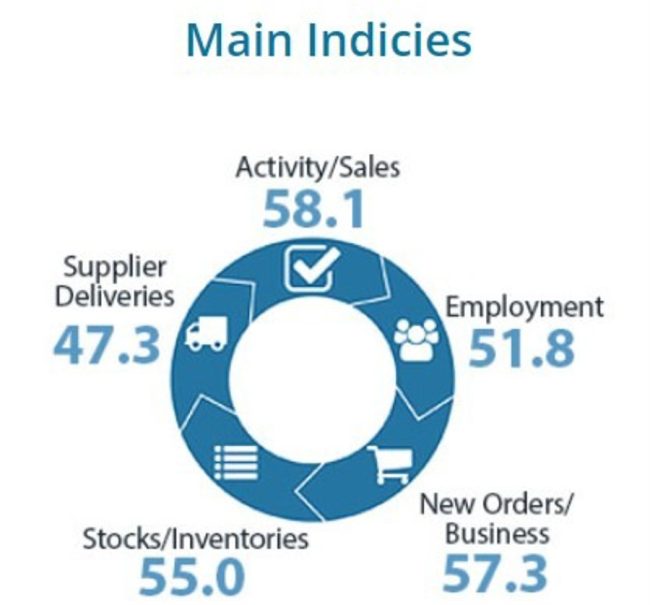BNZ – BusinessNZ Performance of Services Index for December 2022 is 53.7
- prior 57.4
- longer term average is 53.6
Down but firmly in expansion.
BusinessNZ chief executive Kirk Hope
- “With its sister survey the PMI again showing contraction in November and economic headwinds approaching, the easing of expansion in activity is not unexpected. Also, with the Global PSI result of 48.1 at a 29-month low, it will be a tall order for the New Zealand services sector to continue the overall trends experienced during the second half of 2022”.
BNZ Senior Economist Craig Ebert
- “November’s PSI proved, for the third month running, to be an important counterpoint to the weakening PMI. It looks as though the services industries – just like they did in Q3 – will more than make up for any weakness in manufacturing in Q4, such that GDP for that quarter manages an expansion”.
Earlier from NZ:
—
NZD
NZD
The New Zealand Dollar (NZD) is the official currency of New Zealand and the tenth most traded currency in the world. Also referred to as the Kiwi, the currency is also utilized in several Pacific islands, including Tokelau, the Cook Islands, Pitcairn islands, and Niue.The NZD’s history is long, extending back to 1934 with the creation of the Reserve Bank of New Zealand. While far from the most traded currency in the global forex market, the NZD has a key role nonetheless.The NZD is considered as a carry trade currency given it is a relatively high yielding currency. Traders typically buy the NZD and fund it with a lower yielding currency such as the Japanese yen (JPY) or the Swiss franc (CHF).What Factors Affect the NZD?Relative to the US dollar or British pound, the NZD can be much more volatile and dependent on external economic stress or turmoil.Investors with risk appetite often buy the currency, while market fears and crises place negative pressure on the NZD.There are also several factors that can specifically drive the NZD in the forex market. This includes dairy prices as New Zealand is the largest exporter of whole milk powder in the world. A rise in milk prices can lead to spikes in the NZD. By extension, tourism numbers are also important to the NZD.This is due to New Zealand being dependent on tourism as a sizable proportion of its economy. Growing tourism would indicate a higher NZD, and vice versa.
The New Zealand Dollar (NZD) is the official currency of New Zealand and the tenth most traded currency in the world. Also referred to as the Kiwi, the currency is also utilized in several Pacific islands, including Tokelau, the Cook Islands, Pitcairn islands, and Niue.The NZD’s history is long, extending back to 1934 with the creation of the Reserve Bank of New Zealand. While far from the most traded currency in the global forex market, the NZD has a key role nonetheless.The NZD is considered as a carry trade currency given it is a relatively high yielding currency. Traders typically buy the NZD and fund it with a lower yielding currency such as the Japanese yen (JPY) or the Swiss franc (CHF).What Factors Affect the NZD?Relative to the US dollar or British pound, the NZD can be much more volatile and dependent on external economic stress or turmoil.Investors with risk appetite often buy the currency, while market fears and crises place negative pressure on the NZD.There are also several factors that can specifically drive the NZD in the forex market. This includes dairy prices as New Zealand is the largest exporter of whole milk powder in the world. A rise in milk prices can lead to spikes in the NZD. By extension, tourism numbers are also important to the NZD.This is due to New Zealand being dependent on tourism as a sizable proportion of its economy. Growing tourism would indicate a higher NZD, and vice versa.
Read this Term
news.google.com
